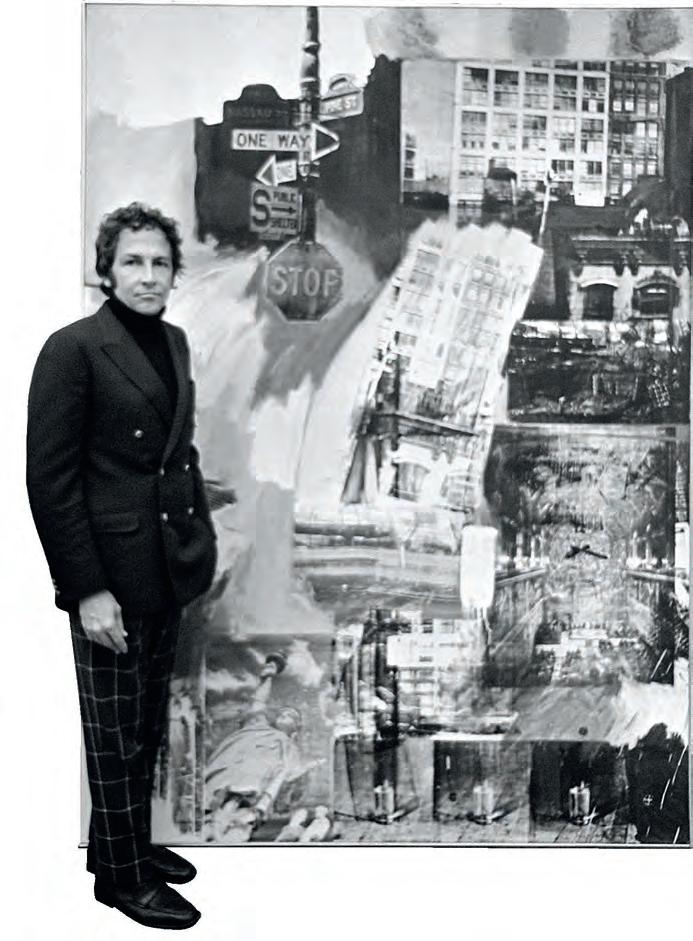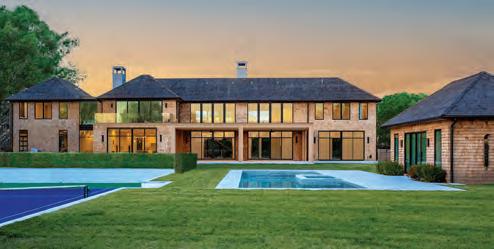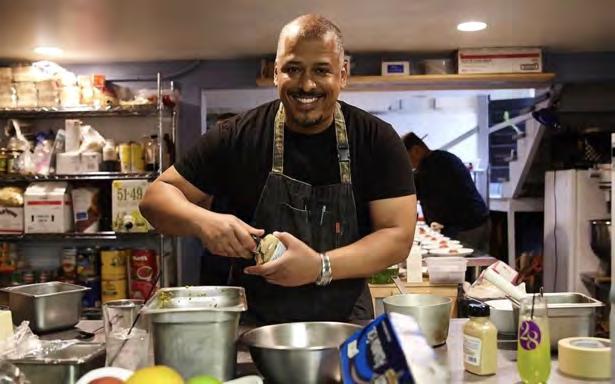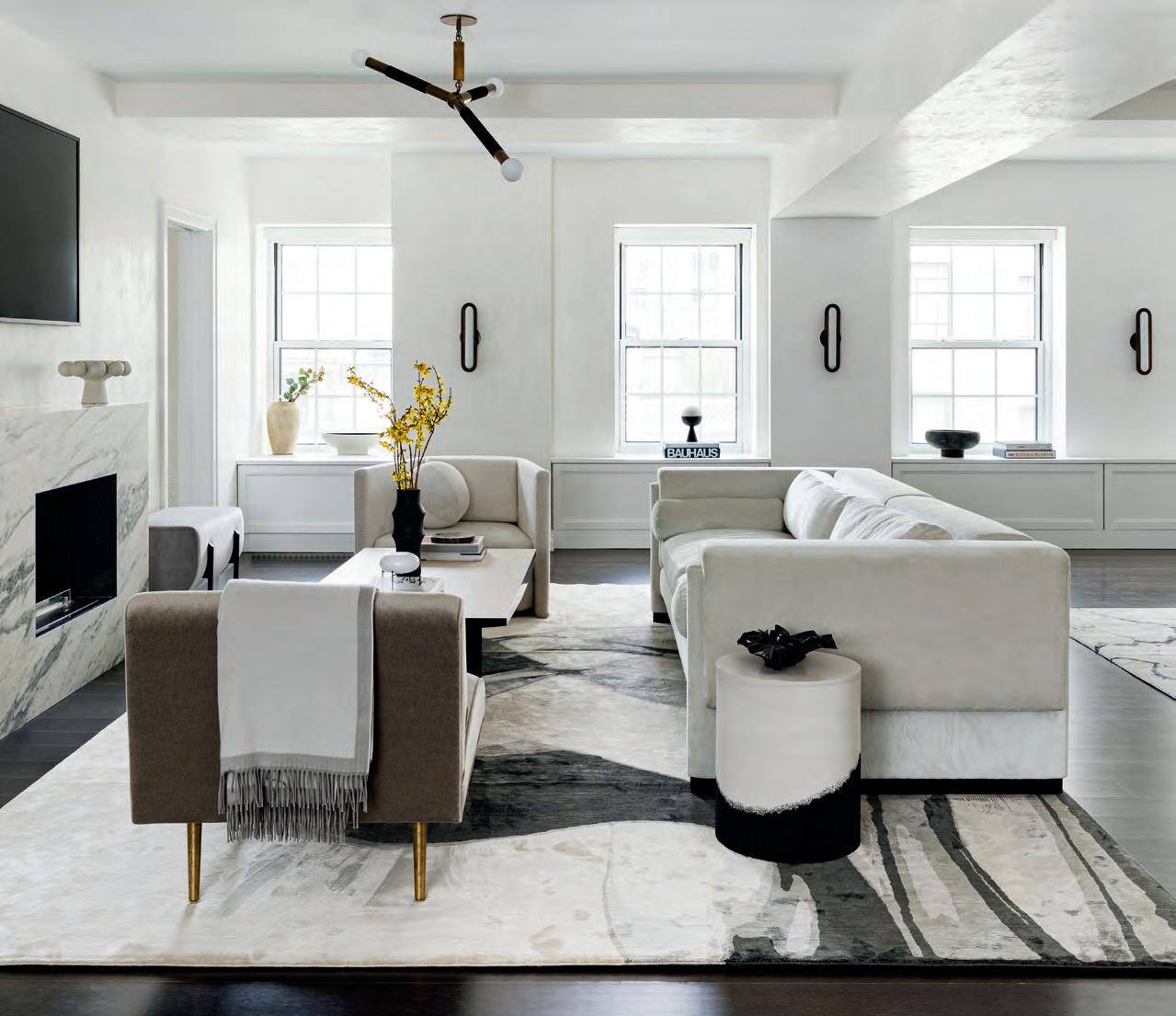
1 minute read
MILTON’S HILTON
Manhattan’s skyline may be ever evolving, but New York wouldn’t be New York without the historic buildings that still dot the landscape today. One such structure is NoHo’s 381 Lafayette Street, the former residence and studio of the late artist Robert Rauschenberg and now home to the Robert Rauschenberg Foundation. Built as a single-family townhouse in the early 19th century, the five-story property later served as a convent and school before the artist purchased it in 1965. He then proceeded to convert it back into a home, deconsecrating and removing an altar from the chapel and replacing the stained glass in the Gothic windows with clear glass. (The front façade remains the same, as the building lies within the NoHo Historic District.) In 1970, Rauschenberg moved to Captiva, Florida, but he held on to his New York pad—jokingly referred to by friends and frequent guests as “Milton’s Hilton,” a reference to the artist’s given name, Milton Ernest Rauschenberg. “Bob loved New York and this building,” says foundation senior curator David White, who met the artist in 1965 and started working for him in 1980. In 1990, when the foundation was created, “there were four people working here, and it was located wherever Bob was at the moment. Now it’s a much more formal operation, with a staff of about 25 between New York and Florida.”
Artist Nicholas Howey—who assisted White with administrative work on the fourth floor of the building from 1983 until 1990—notes the “family-run business” atmosphere and the “flurry of activity” during those early days. “Bob would produce work in Florida, send it to New York to be registered and photographed, and then we would ship it to shows,” he says.






In 2013, five years after Rauschenberg’s death, the artist’s estate officially turned the building over to the foundation, which has just completed a two-year renovation. “The goal was to clean it up, not change it,” says White, noting that the chapel now serves as an exhibition space, with different works displayed in rotation about three times a year. Although the building isn’t open to the public, scholars and students can visit the foundation—including the exhibition space and the fifth-floor archives—by appointment for research purposes. “Rauschenberg was such an interesting thinker, speaker, and writer,” says White, “and so much of his presence can still be felt here.” —Alyssa Bird










